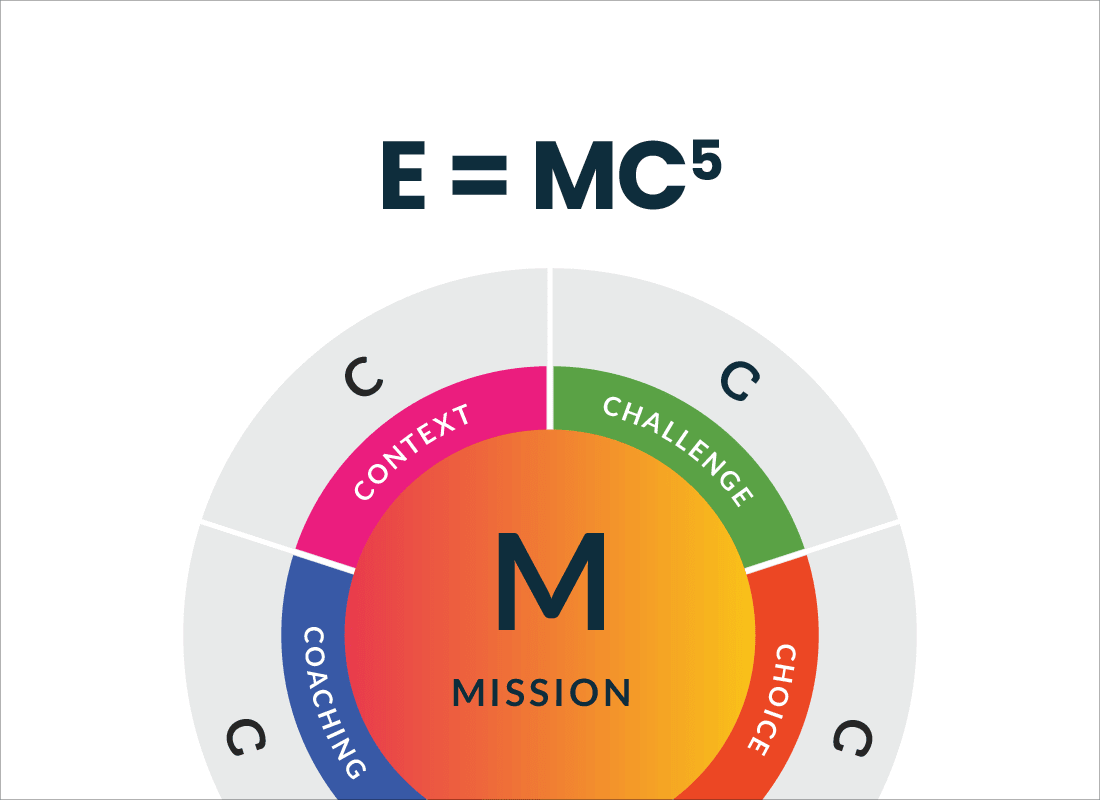
E=MC5: Redefining the Learner Experience
When was the last time your serious learning game got a glowing review from a learner? If your answer is likely “never”, you are not alone. That’s because most interactive learning experiences are little more than quizzes in disguise. Most learning designers often fail to identify the core principles that make games like Fortnite or PUBG such a great success. These principles when adapted to serious games (or any other interactive experience for that matter) can help build a successful and engaging learning intervention.
All this magic can actually be captured into a simple formula, E=MC5, where E stands for education or engagement. The other six components of this equation highlight key elements that can make your immersive learning program a great success.
M – Mission
Remember the rapid scenes at the beginning of most Call of Duty games? Or for that matter GTA. The beginning of most popular and successful computer games is often akin to a movie. Such theatrics help give players a goal or a purpose. This makes the player form a deep emotional connection to the cause. Games are organized into levels which become a marker for success or progress. Achievements are highlighted by points, badges or trophies. So why do game designers put so much effort into establishing the mission? Because they understand the simple fact that a player’s motivation for developing the skills needed to master the game are vital for the successful completion of the mission.
C – Context
High-end games often feature highly detailed complex environments. This is driven by a need to create a world where players can learn by doing. Players learn skills by practicing them. The context must therefore be detailed enough to allow players to carry out a task (which requires the acquired skill). Setting a context through a responsive environment and characters that help gamers experience the consequences of their actions is critical to the overall experience.
C – Challenge
In games, players are often confronted by challenges and they learn new skills by overcoming these challenges. Game designers go to great lengths to craft the nature and timing of these challenges. Generally, challenges must get progressively harder but must not require too big a leap.
C – Choice
Challenges force players to make decisions while they face obstacles. Over time, players learn to master a game by making better decisions. Good games often offer players a diverse set of choices - especially ample bad choices. This increases the probability of a player selecting an incorrect choice and then learning from the mistake.
C – Consequences
Mistakes have consequences and in well-designed games, these are often spectacular. Besides adding entertainment value to a game, they also help players analyze the repercussions of making a bad choice. In a well-crafted game, the consequences of bad choices are quite explicit and dramatic. They act as memory markers for players to learn how a specific behavior or action may be a suboptimal choice.
C – Competition
Competition among players which could be built in through a comparison of player points, or game levels serves as a strong motivation for players to build new skills.
E=MC5 in the Context of Learning
An interactive learning experience with these six features would allow learners to learn a skill like they would do in the real world – by trial and error. In fact, a serious game can pose highly focused challenges that often lead to a learning experience that not only mirrors real life, but is augmented by the immersive experience. To build such an experience, learning designers would have to let go of prevalent norms such as, ‘making the training as simple as possible’. This is at absolute odds with what happens in a good game. Game designers understand that learning best happens when the player is engaged in challenging activities. Making it easy defeats the purpose.
The next time you design a serious game, you can look at incorporating the elements of the E=MC5 formula and remember – drama enhances learning and learning is hard.